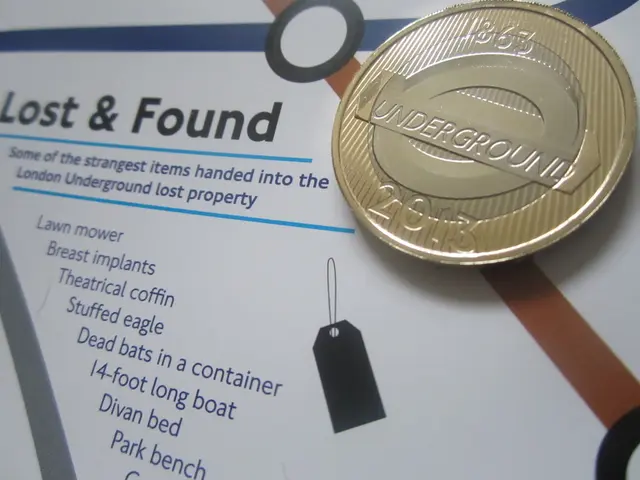EU Ready With €72 Billion Tariffs on U.S. Goods as Talks Continue
The European Union has prepared a second list of U.S. goods worth €72 billion to target, should it choose to retaliate against Donald Trump's tariff policy. This comes as the EU extends a suspension on tariffs for a first list of U.S. products, keeping negotiation skills open while maintaining the threat of retaliation.
The new list, valued at over €72 billion, includes a wide range of U.S. products. Over €65 billion of these are industrial goods, with aircraft, machinery, and cars being the most targeted. Notable items include Boeing Co. aircraft, automobiles, and bourbon. Additionally, the list encompasses agrifood products, precision equipment, instruments, toys, sports guns, and musical instruments.
EU trade chief Maros Sefcovic plans to engage with U.S. Commerce Secretary Howard Lutnick to push for a mutually beneficial settlement. The EU's preference is to keep negotiations on track while maintaining the option of retaliation. Trump, meanwhile, has expressed openness to further trade negotiations with the EU, with a 30% levy on EU imports set to kick in on Aug. 1 if no deal is reached. The EU's additional duties would target U.S. machinery products, chemicals, plastics, medical devices, electrical equipment, wines, and other agricultural goods, excluding military products.
The EU's second list of countermeasures, along with the extension of the first list's tariff suspension, underscores its commitment to a resolution through dialogue. However, the EU remains prepared to impose tariffs if necessary, as it awaits a mutually beneficial outcome from ongoing negotiations with the U.S.
Read also:
- Industrial robots in China are being installed at a faster rate than in both the United States and the European Union, as the global market for these robots faces a downturn.
- NATO's Massive Naval Drill Shows Unity Against Russian Aggression
- Undeads Games Reaches $30 Million TVL and Gears Up for MMORPG Debut
- Hyundai N affirms transition to hybrid performance-centric models, initiating with Tucson N







